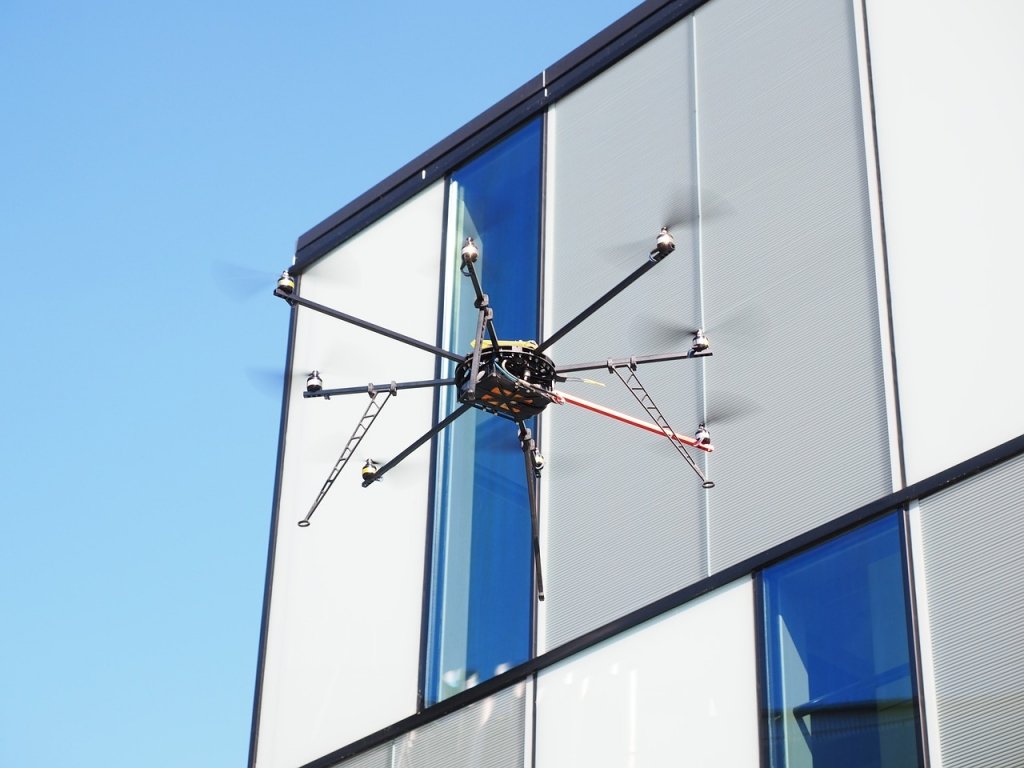Robotics and robots are a hot subject in terms of new technology in real estate. From now on is just a matter of time, more precisely “when”, not “if” robots will get involved into the real estate world.
Already established as megatrend, robotics is heading full speed towards commercial and corporate real estate, from current operations and facility management to security, constructions and even hospitals.
In clearly defined and structured environments, where they execute precise operations without the possibility of causing damages, robots are already reality.
Sensor technologies empower further robots and add up for them new capabilities, like the possibility to “notice and sent” the environment. And that will enable them to get involved in more building maintenance operations like scrubbing floors or cleaning photovoltaic arrays.
Thus, robots’ tasks in real estate are diversifying:
Building engineering
Robotics technology and automate devices are more and more used within the building management systems. To such levels that buildings are about to manage themselves. The main principle is that autonomous robots are performing various engineering tasks and send back data to command centers. Mobile robots interfere with building management systems and simultaneously collect real time information and realize environment sampling. For example, if data from building equipment indicates a pipe leak, the robots will stop its functioning and create alert.
Constructing and painting
Digital fabrication in architecture advanced step by step. Robots used to construct walls or 3D printers to print ceiling slabs are not real estate tech news anymore, they are becoming common stuff. Painting an entire house in one day with 3D-printed construction is reality. The technology of 3D printing is in fact a robot that deploy exactly the needed building materials on a construction site. It is able to erect more resistant structures in a shorter period of time than a classic team of constructors.
Constant efforts are made not only to construct using robots, but automatize further the process – from digitally designed and digitally planned to digitally built in higher proportion. New ways to construct more efficient and emphasize the design potential, are researched based on the new capabilities delivered by robotics.

Housekeeping
Wireless interconnected robots can improve productivity of cleaning and housekeeping operations in a series of facilities like office buildings, malls, commercial centers, hospitals. A self-explanatory case is that of Forth Valley Royal Hospital in Scotland, where they use robots to do the laundry, deliver food to patients and manage waste removal. The system based on robots executes also reception and security services for the hospital.
Security
Mobile security robots start to be present in commercial buildings. And moreover, drones and aerial robots are a priceless help to improve commercial properties security. They provide real time mapping of interiors and aerial perspectives of exteriors, identifying eventual damages or potential threats without putting human employees in danger. Security robots provide the classic advantages: they cost less, work more 24/24 if necessary, and can perform tasks that human can’t. For instance, robots can scan hundreds of licenses per minute or identify outsiders among workers.
Real estate robots can offer a series of advantages, but it is wise to take into considerations that like any new technology, they might still have functioning bugs that could lead to negative consequences. Ultimately the robots purpose is rather to support the existing stuff and not substitute it. Or for the moment this is their evolution stage.
